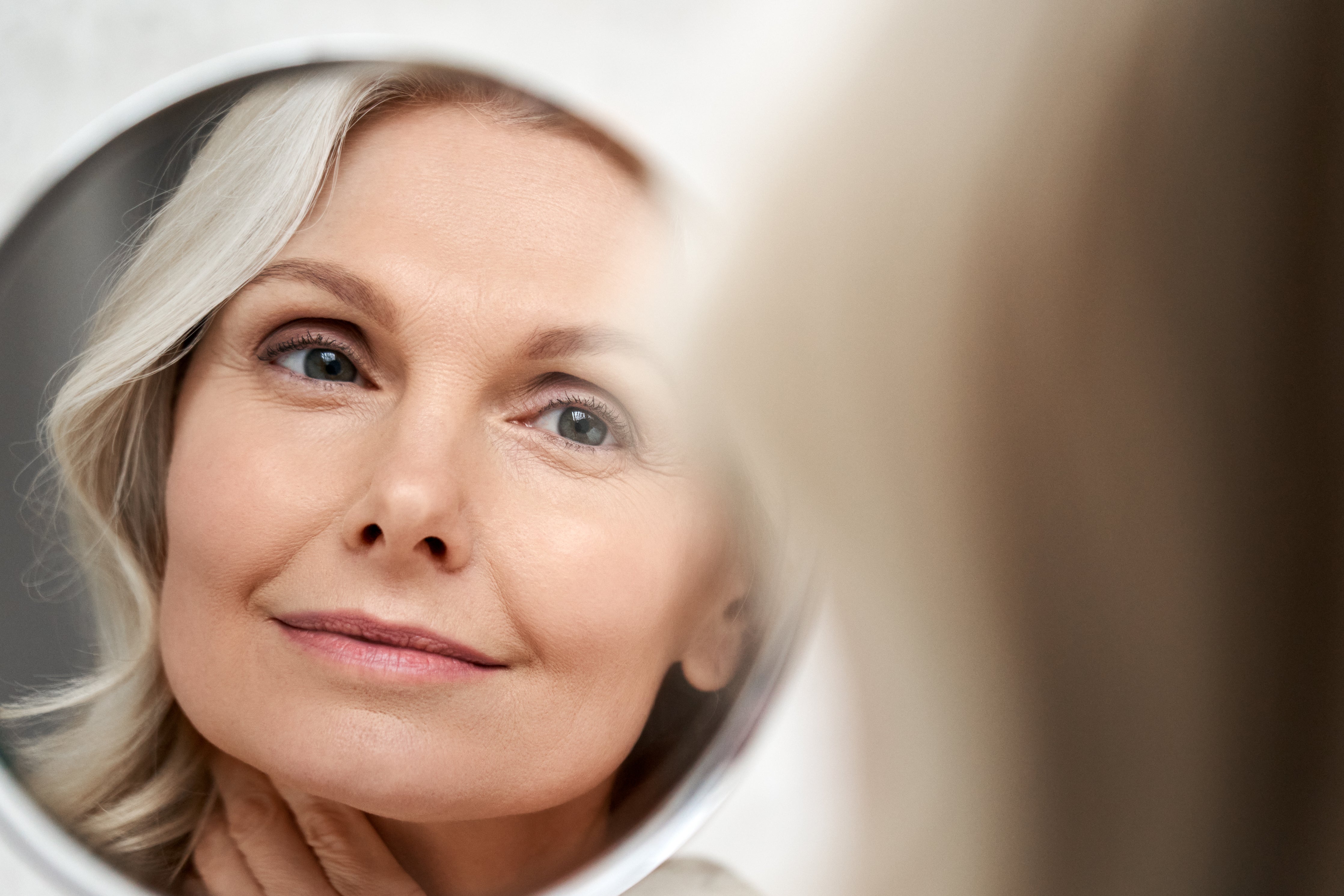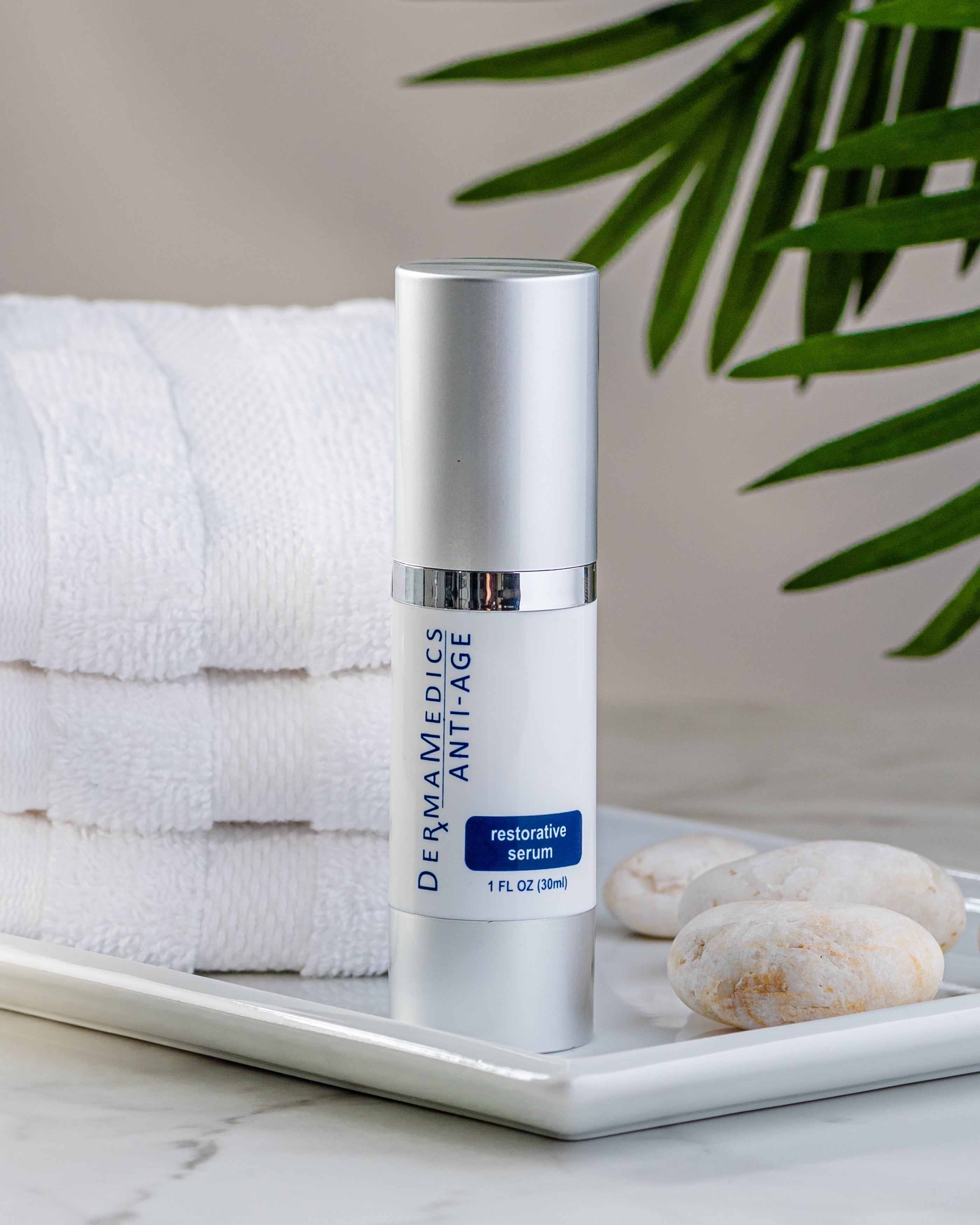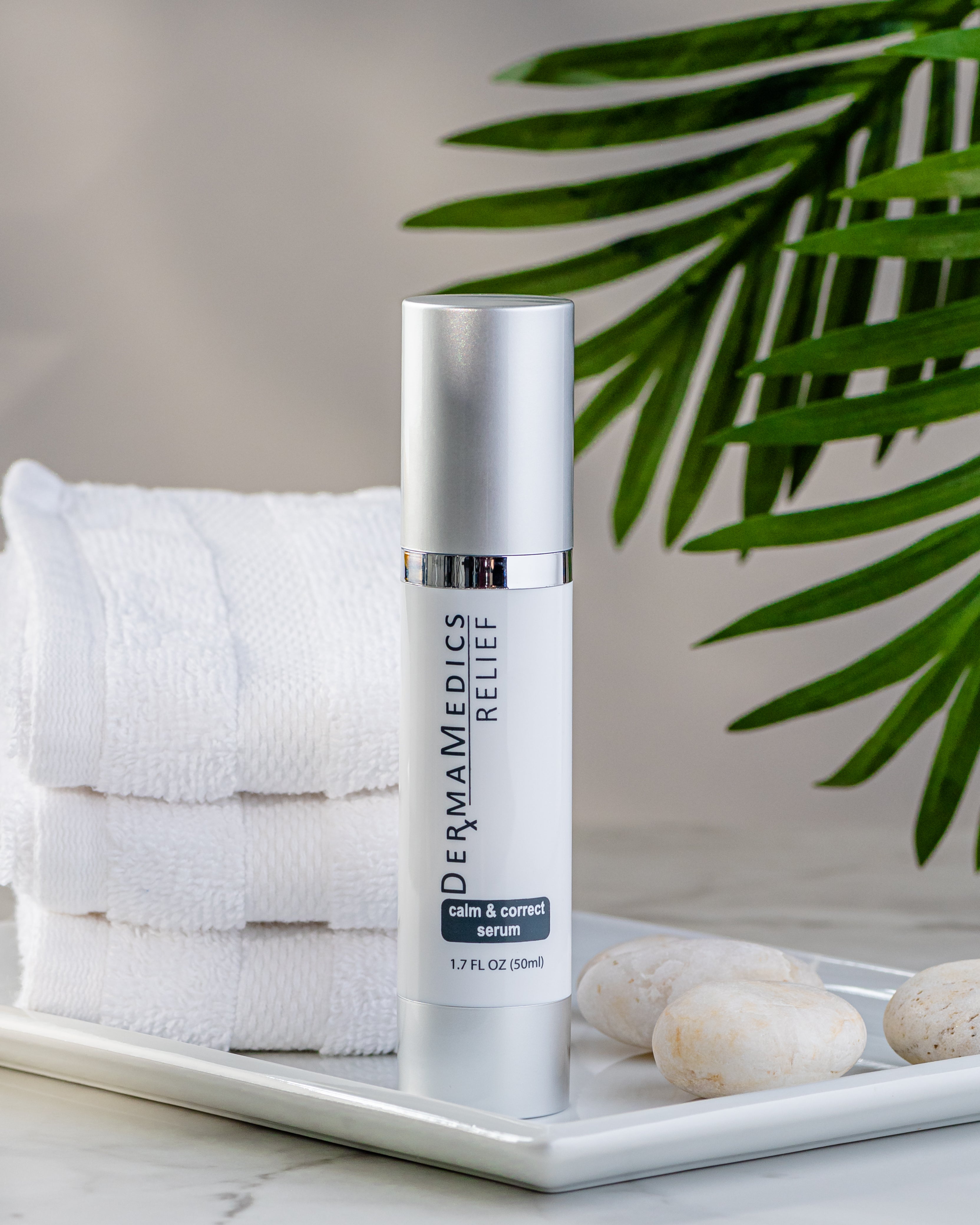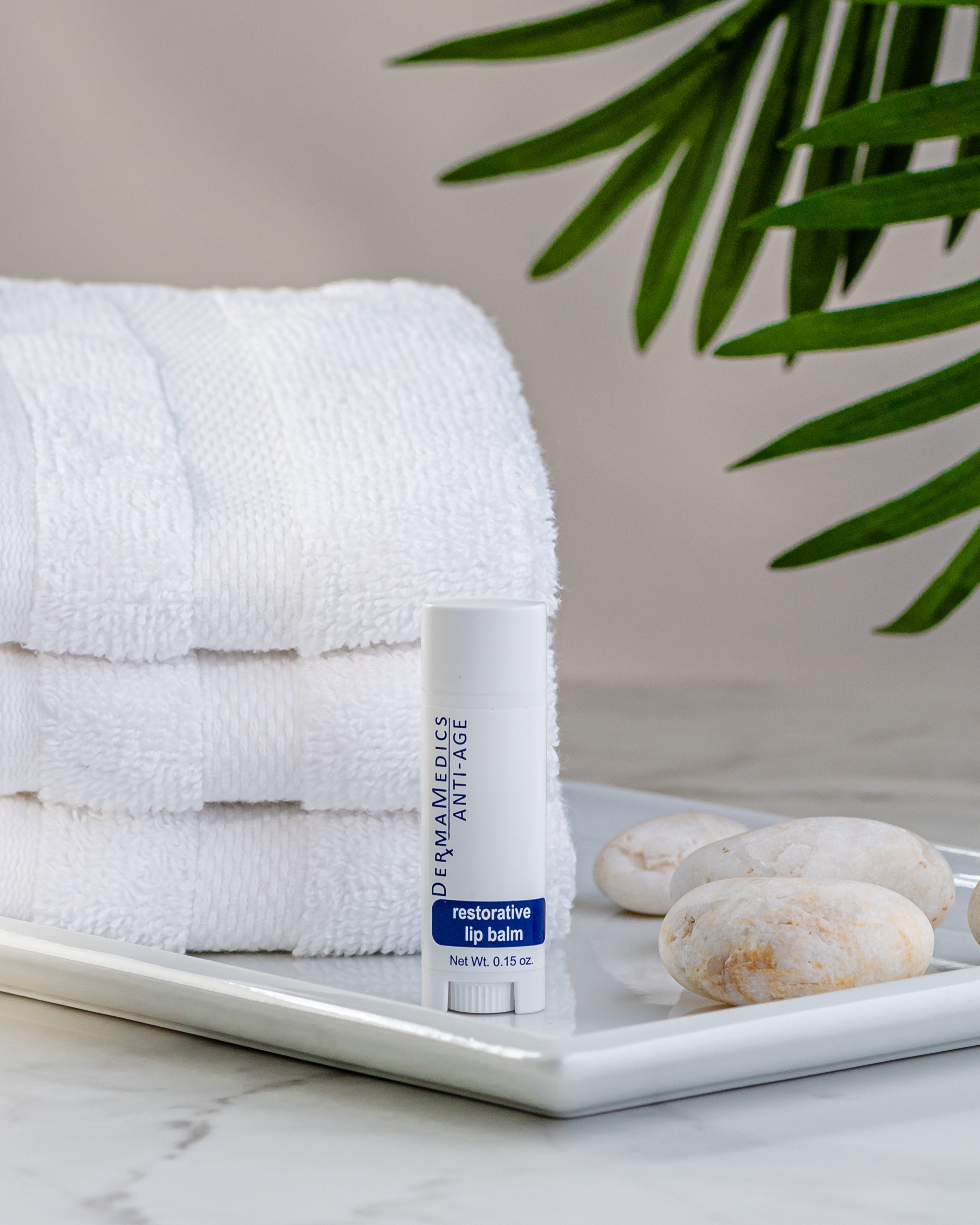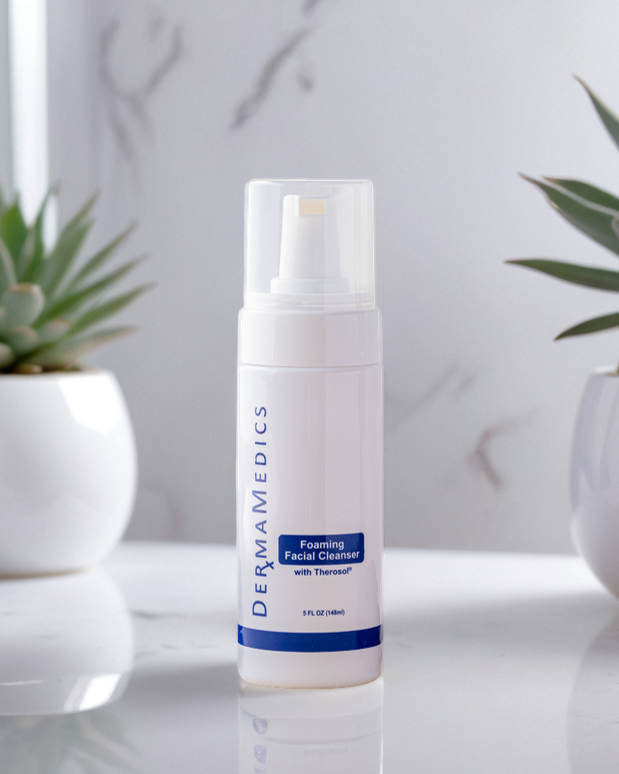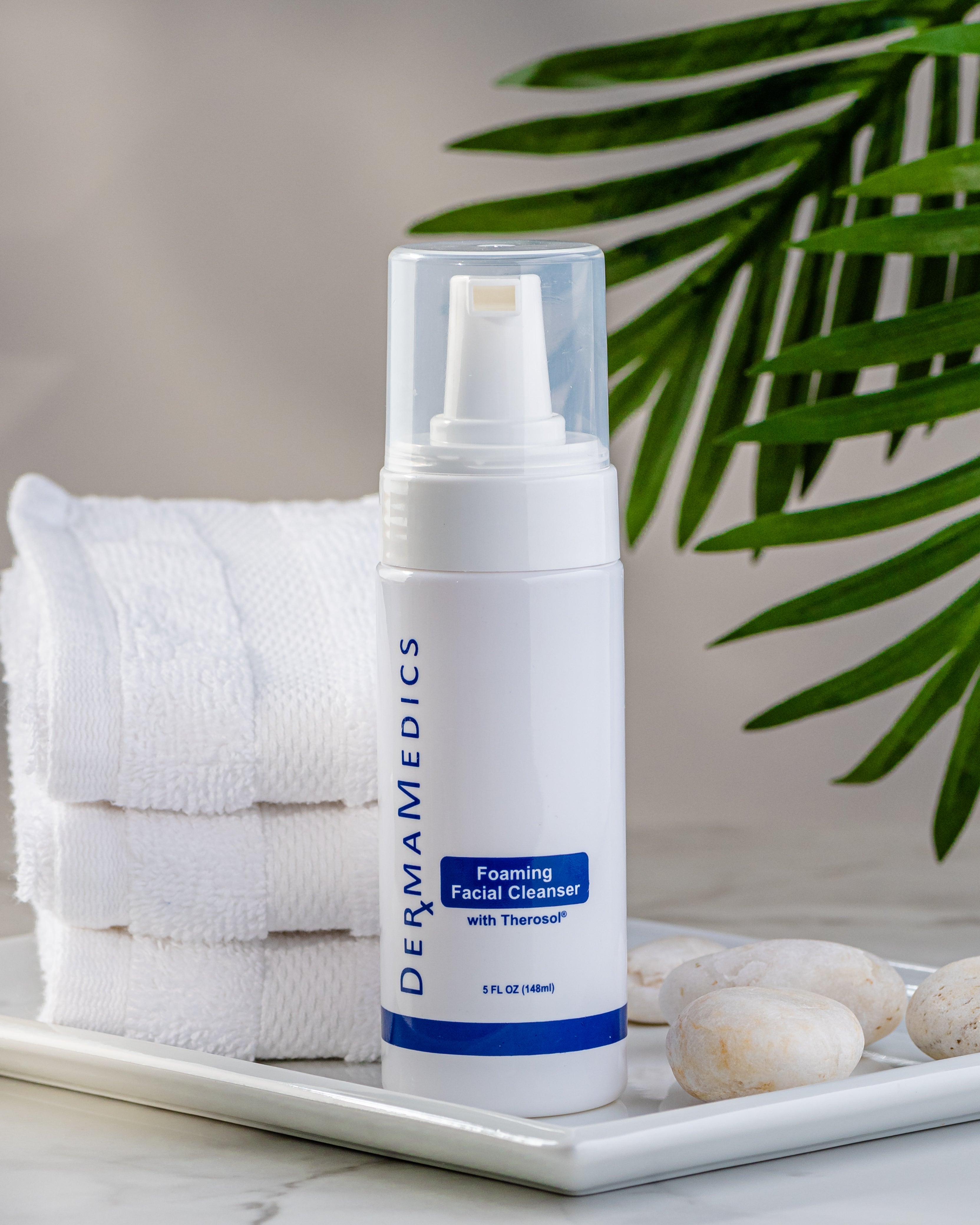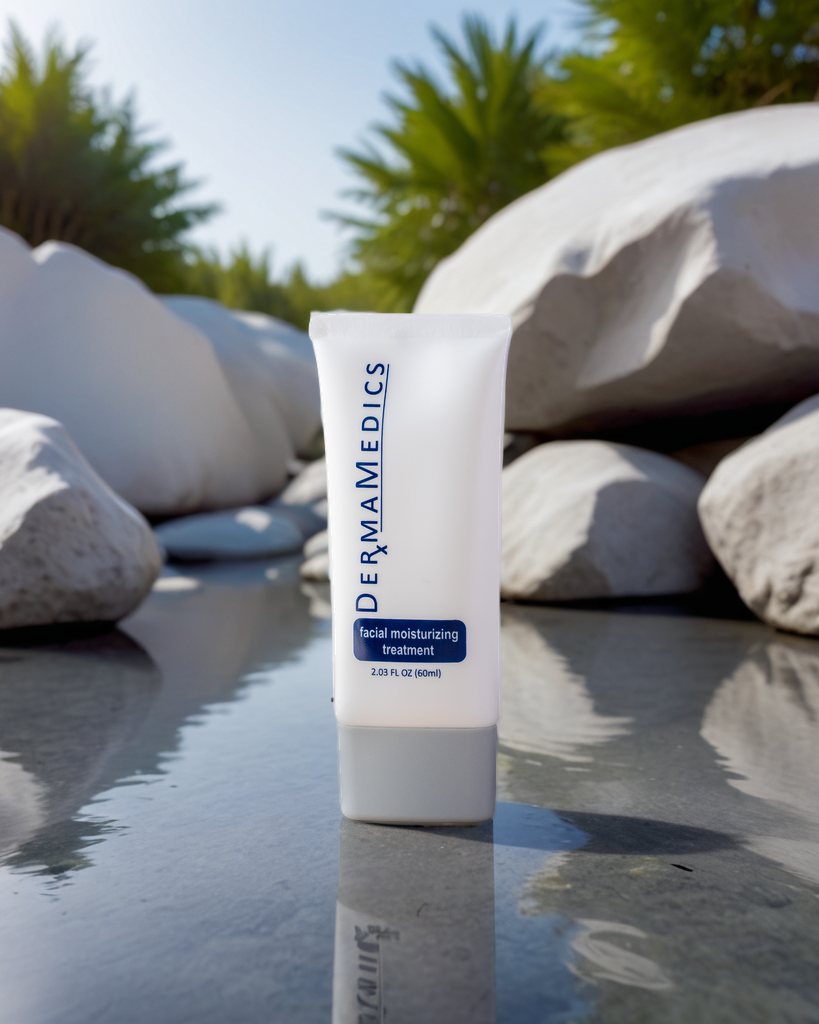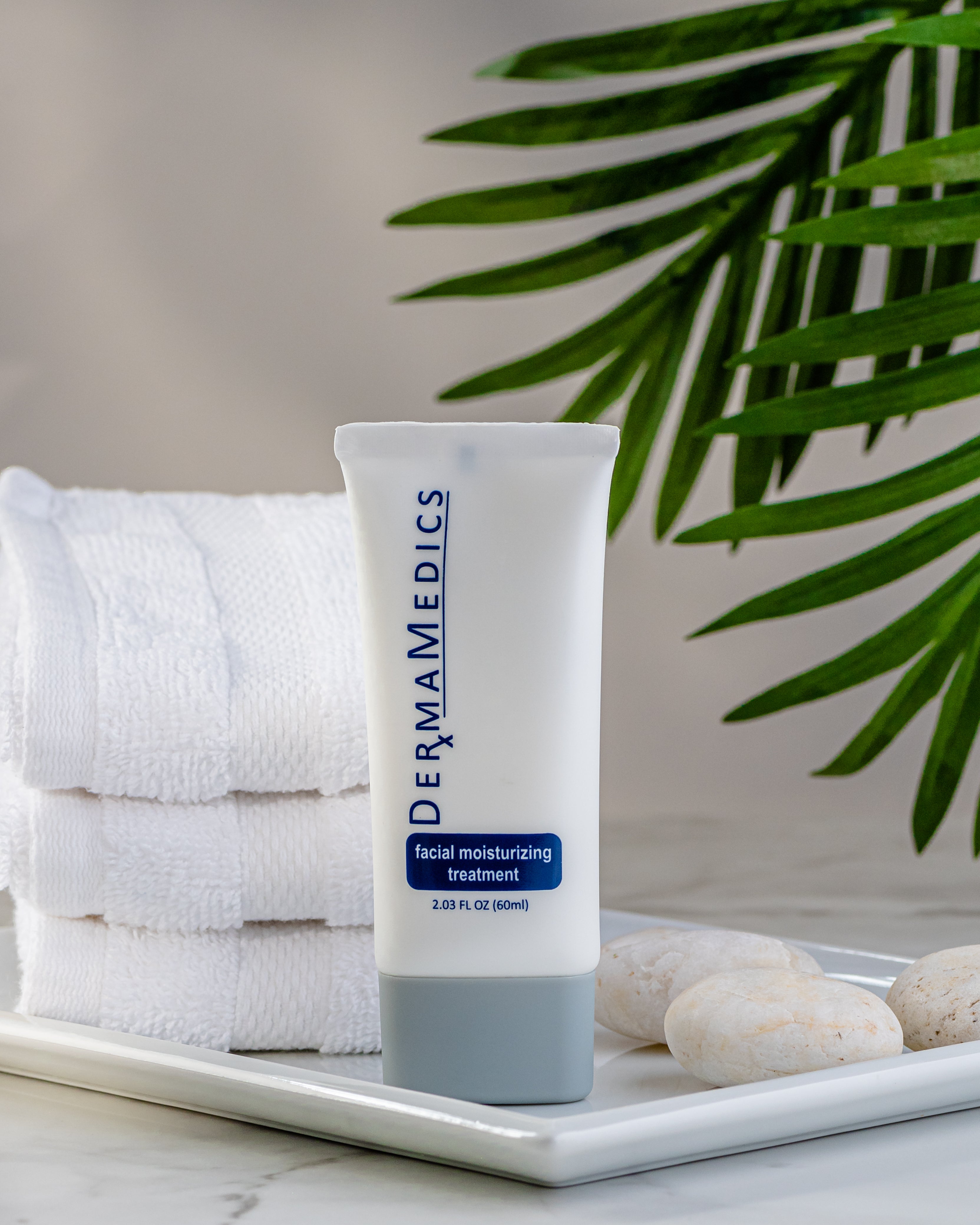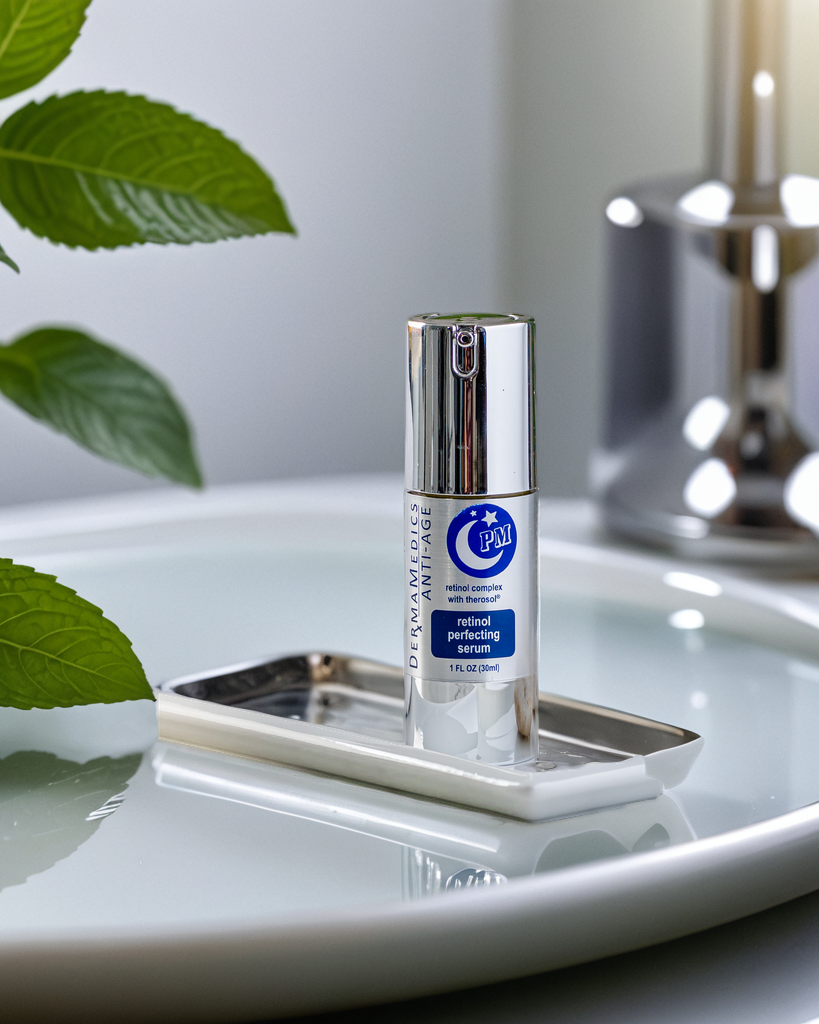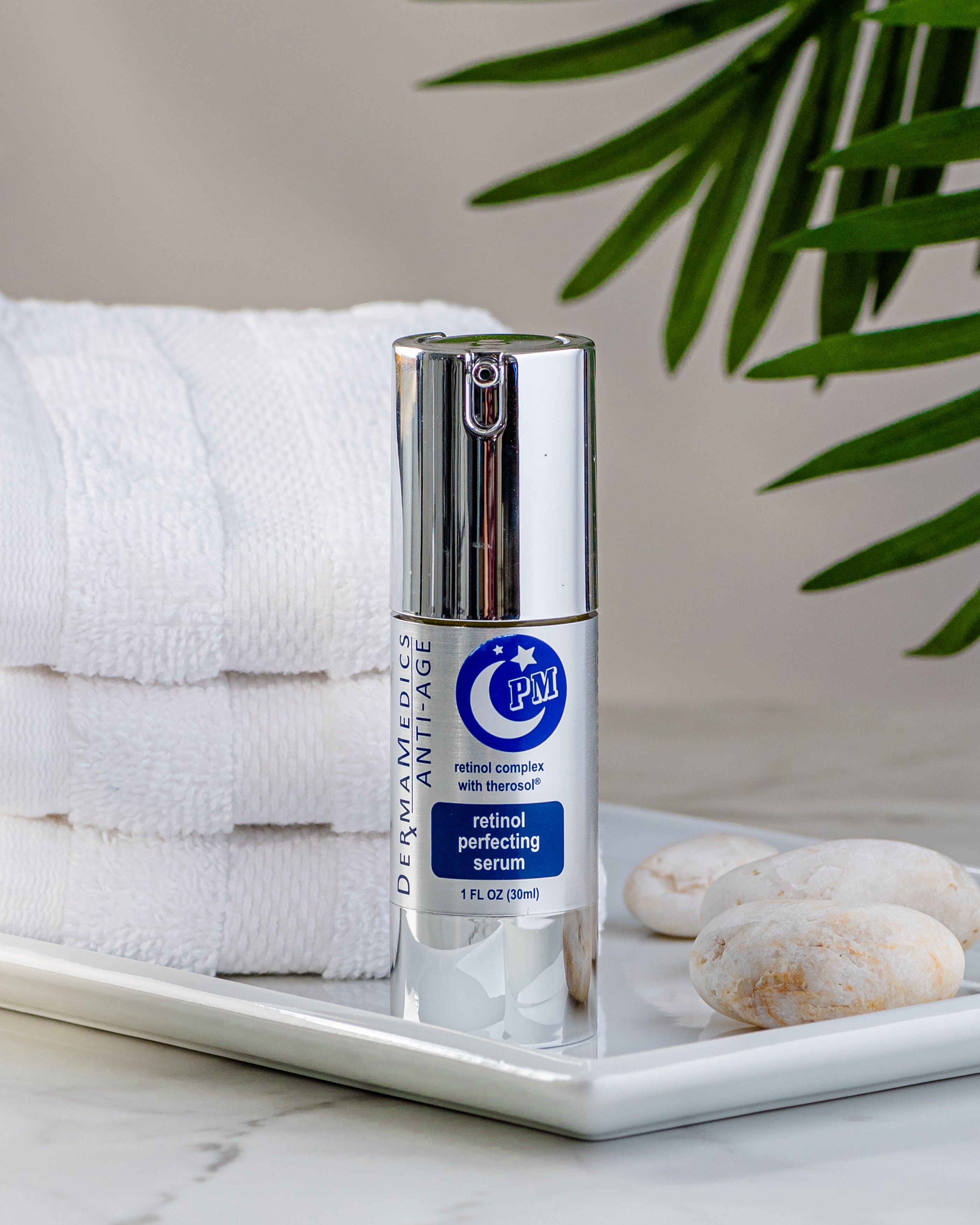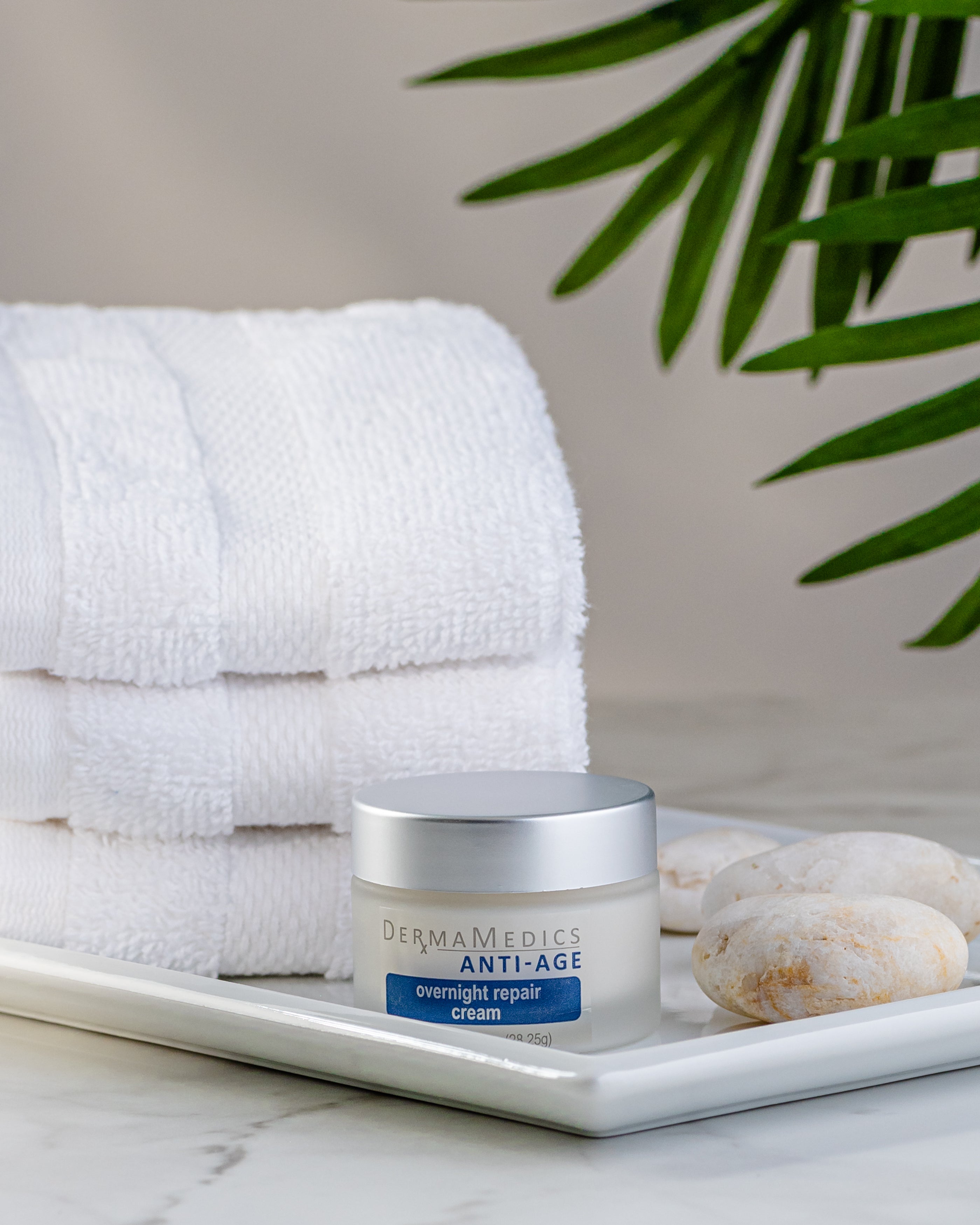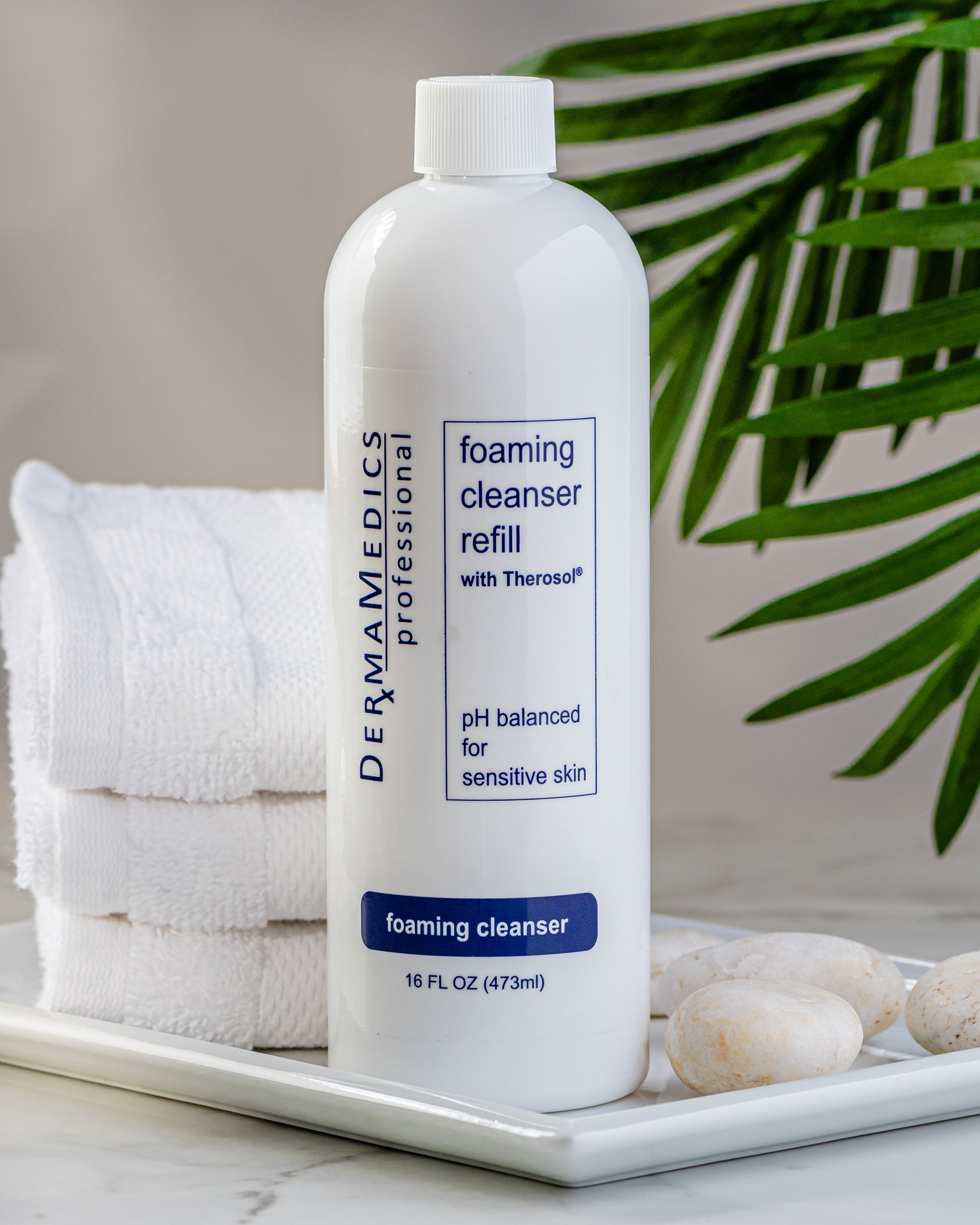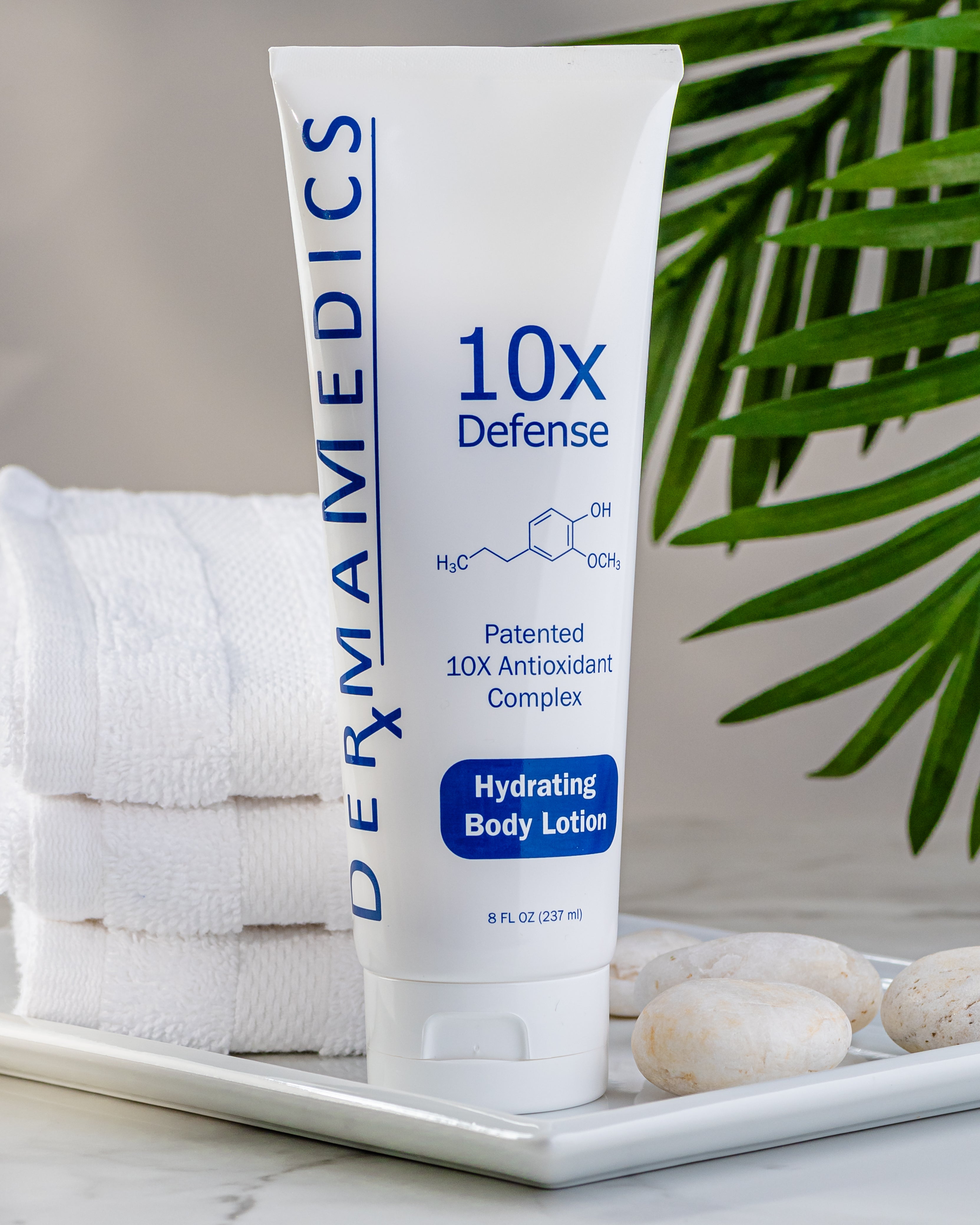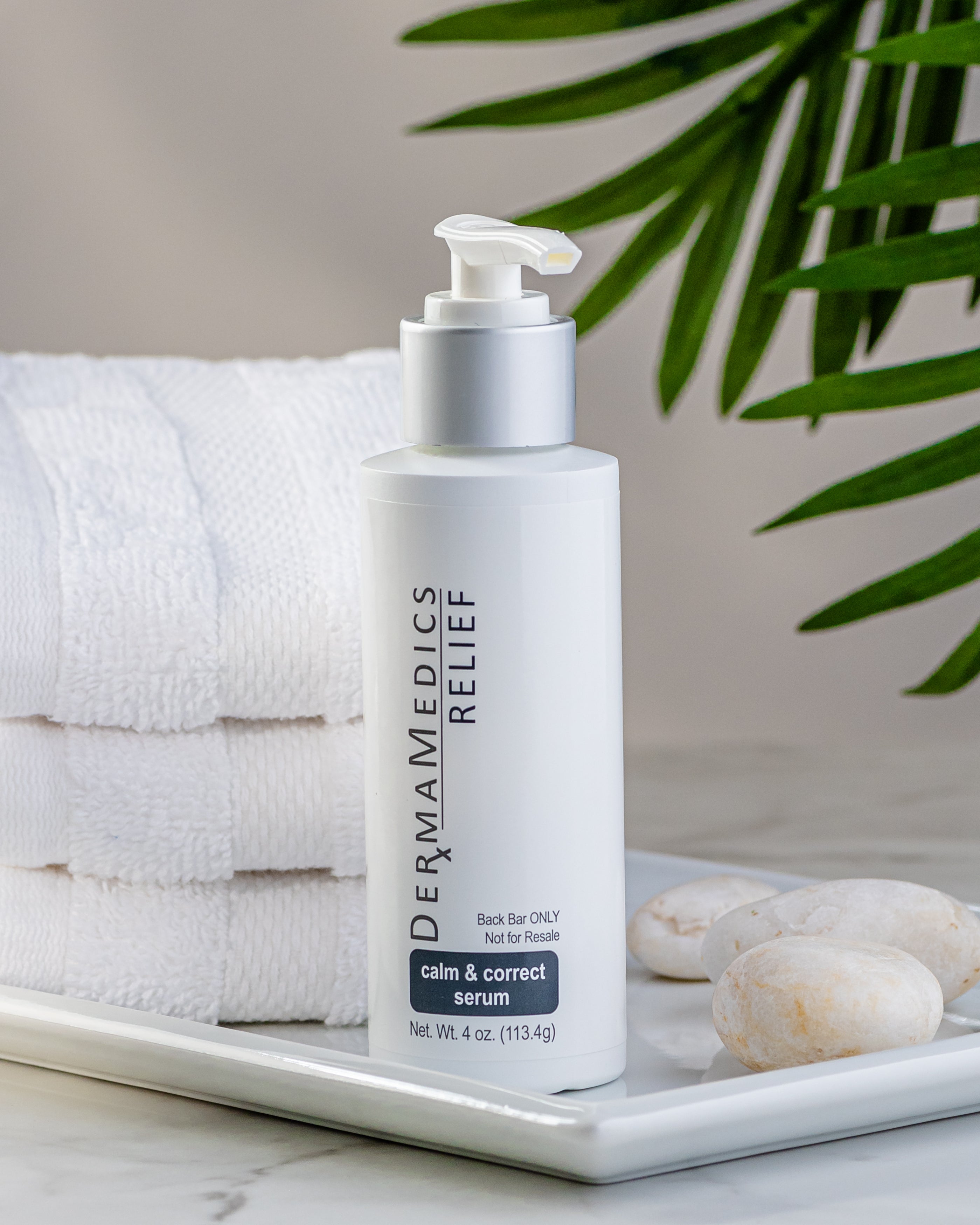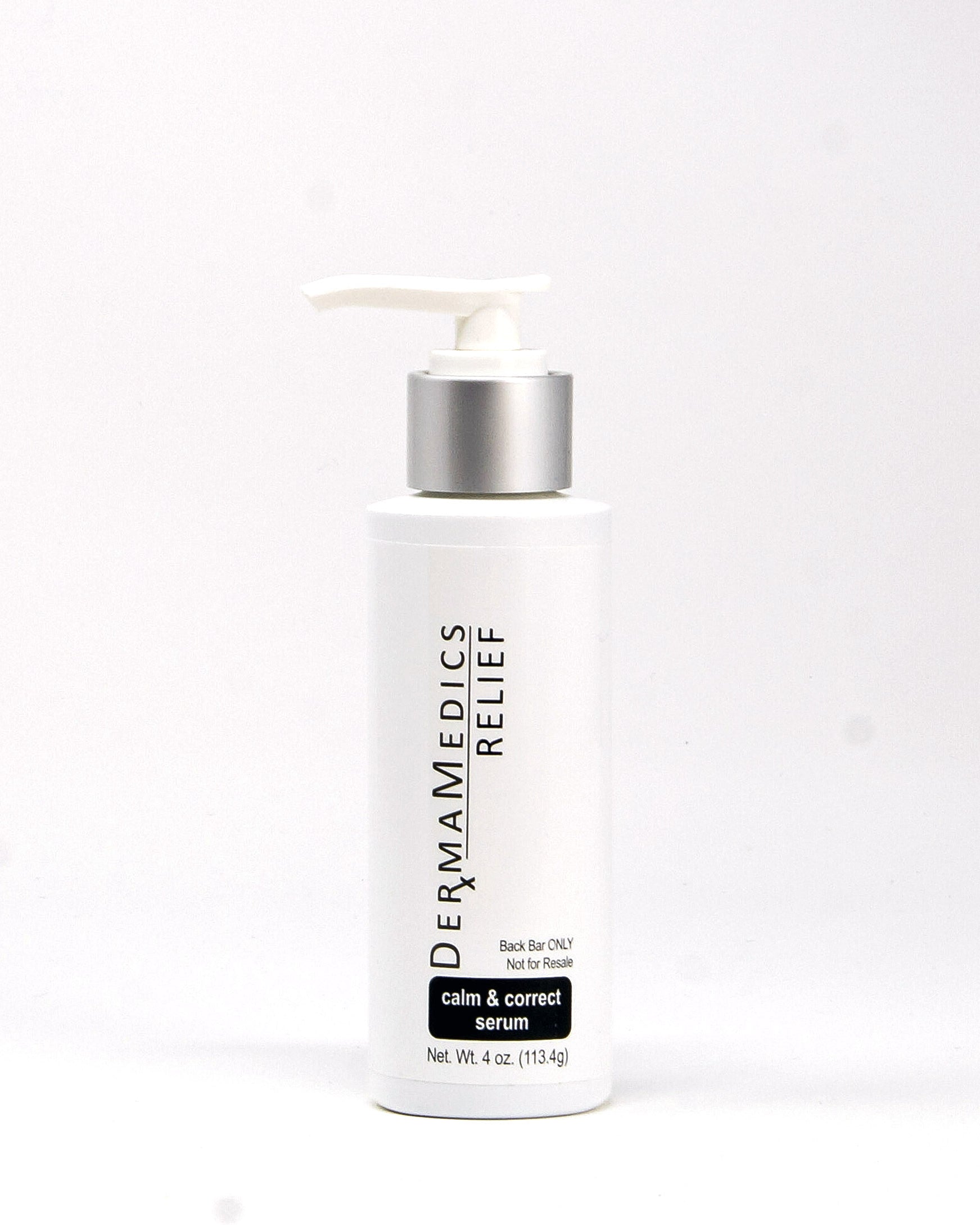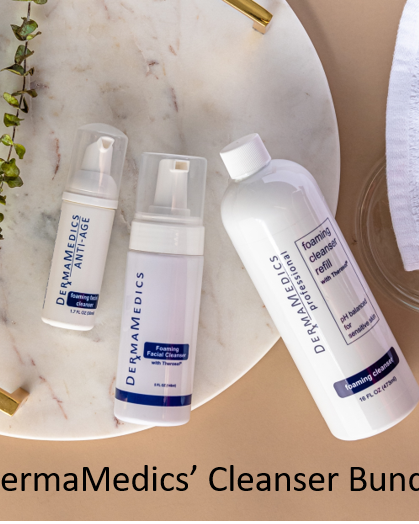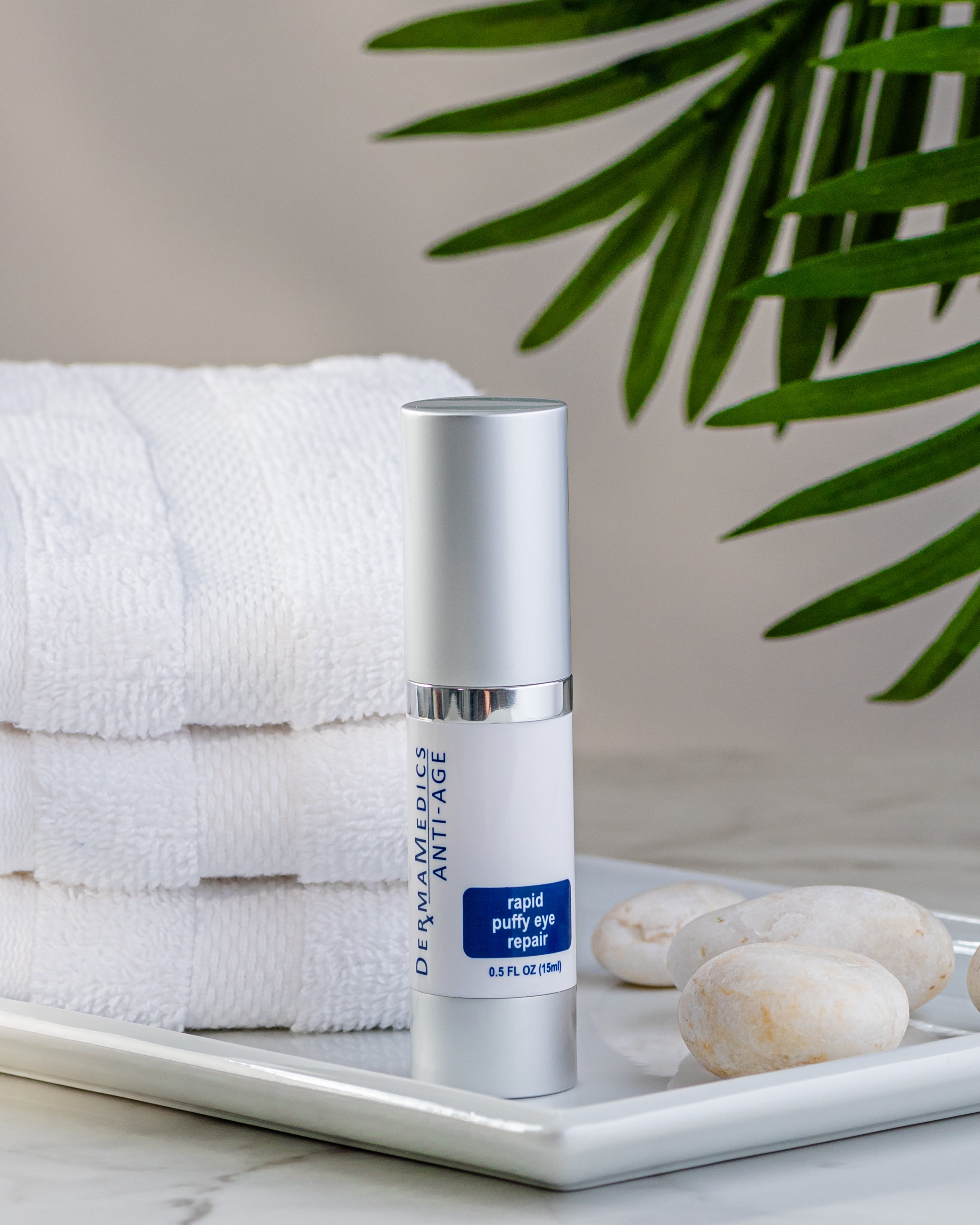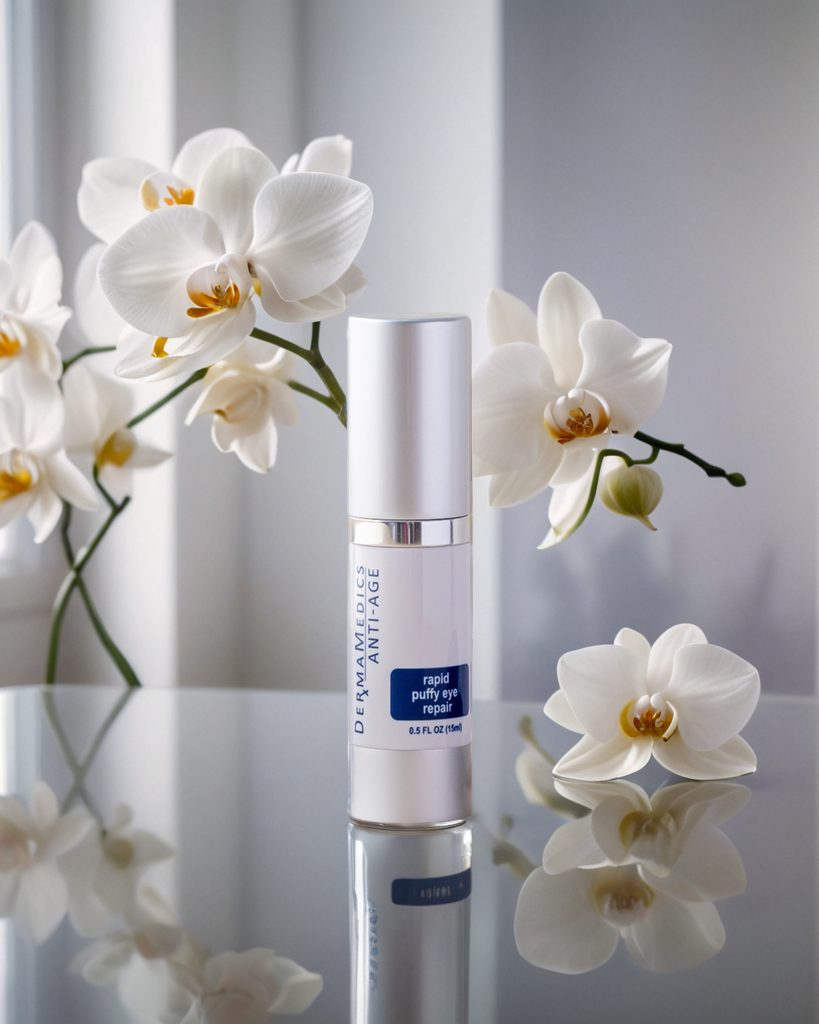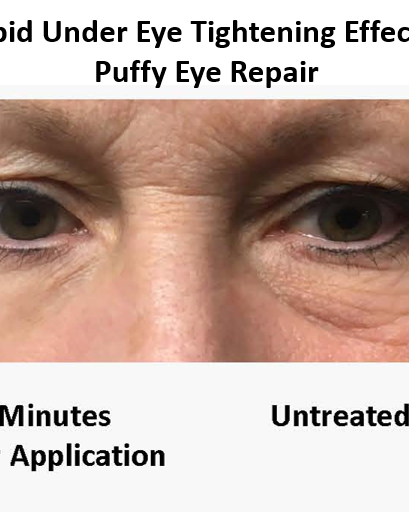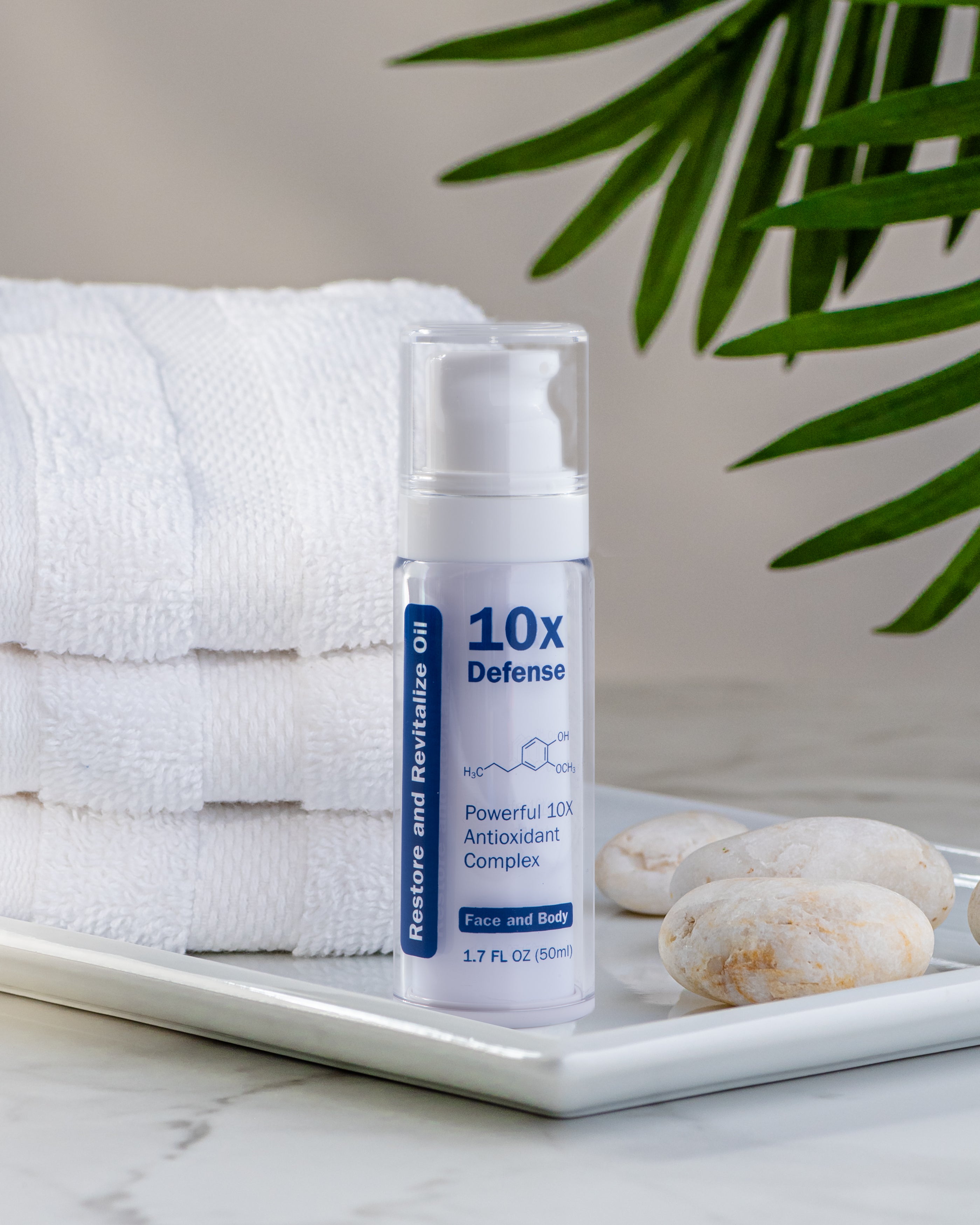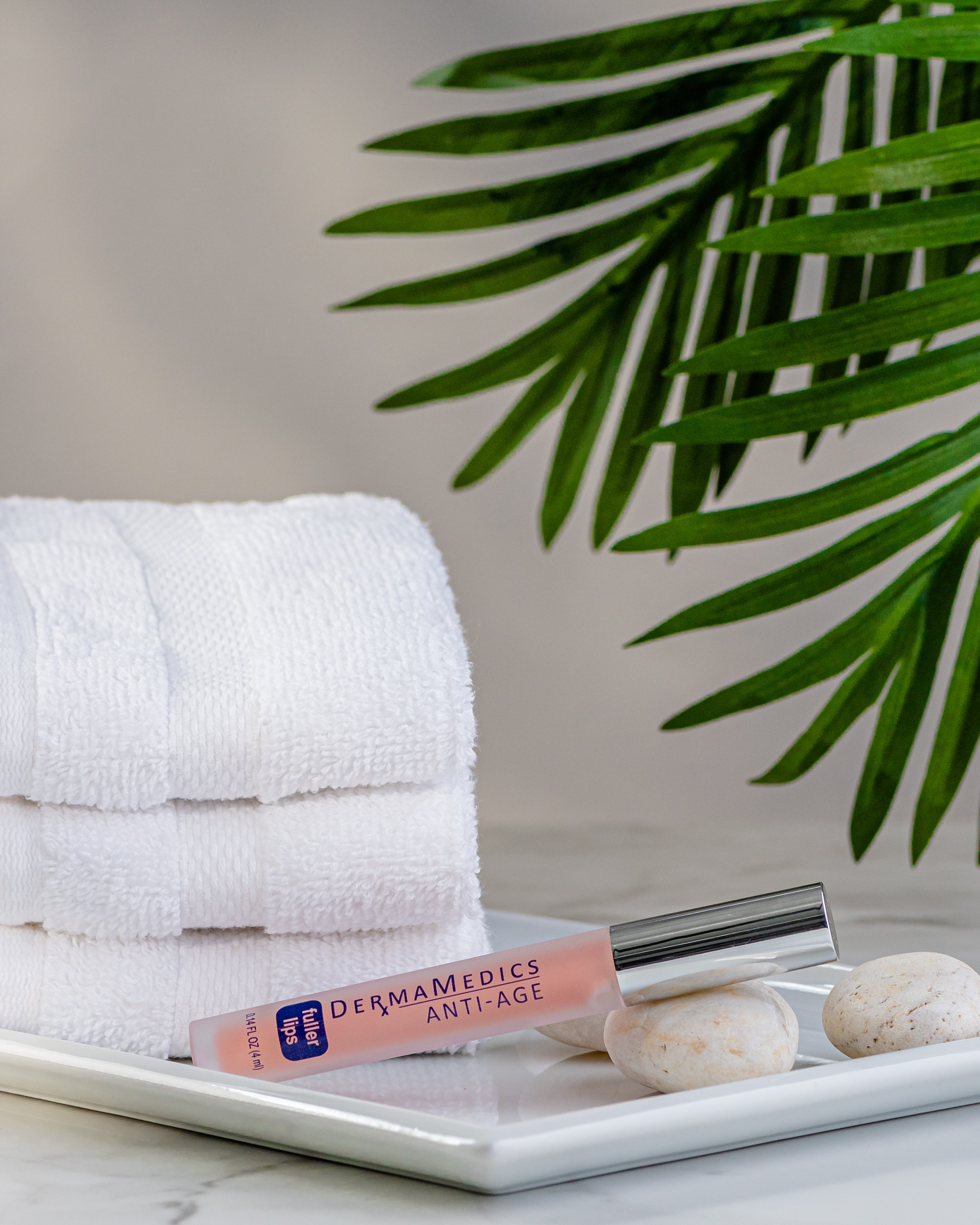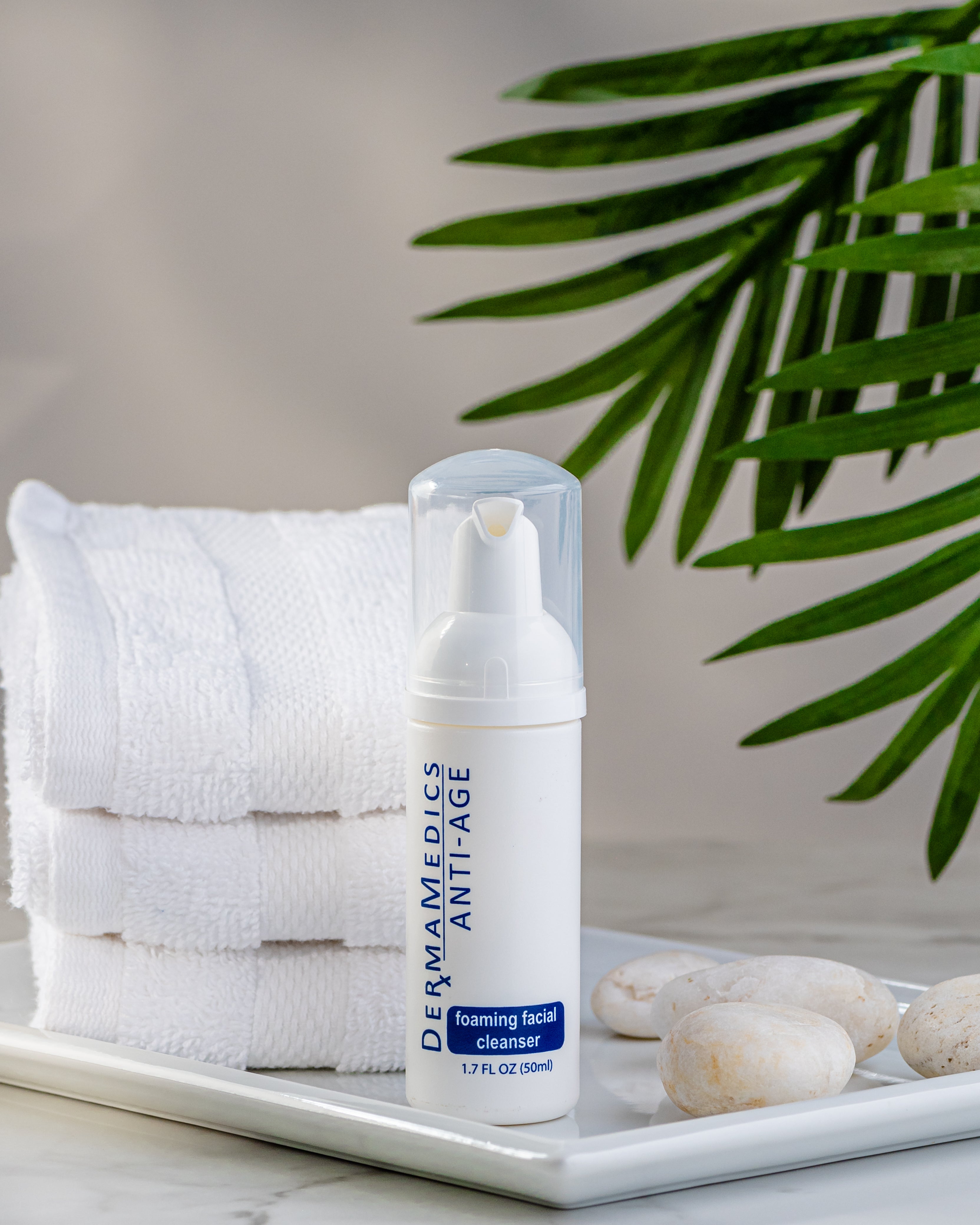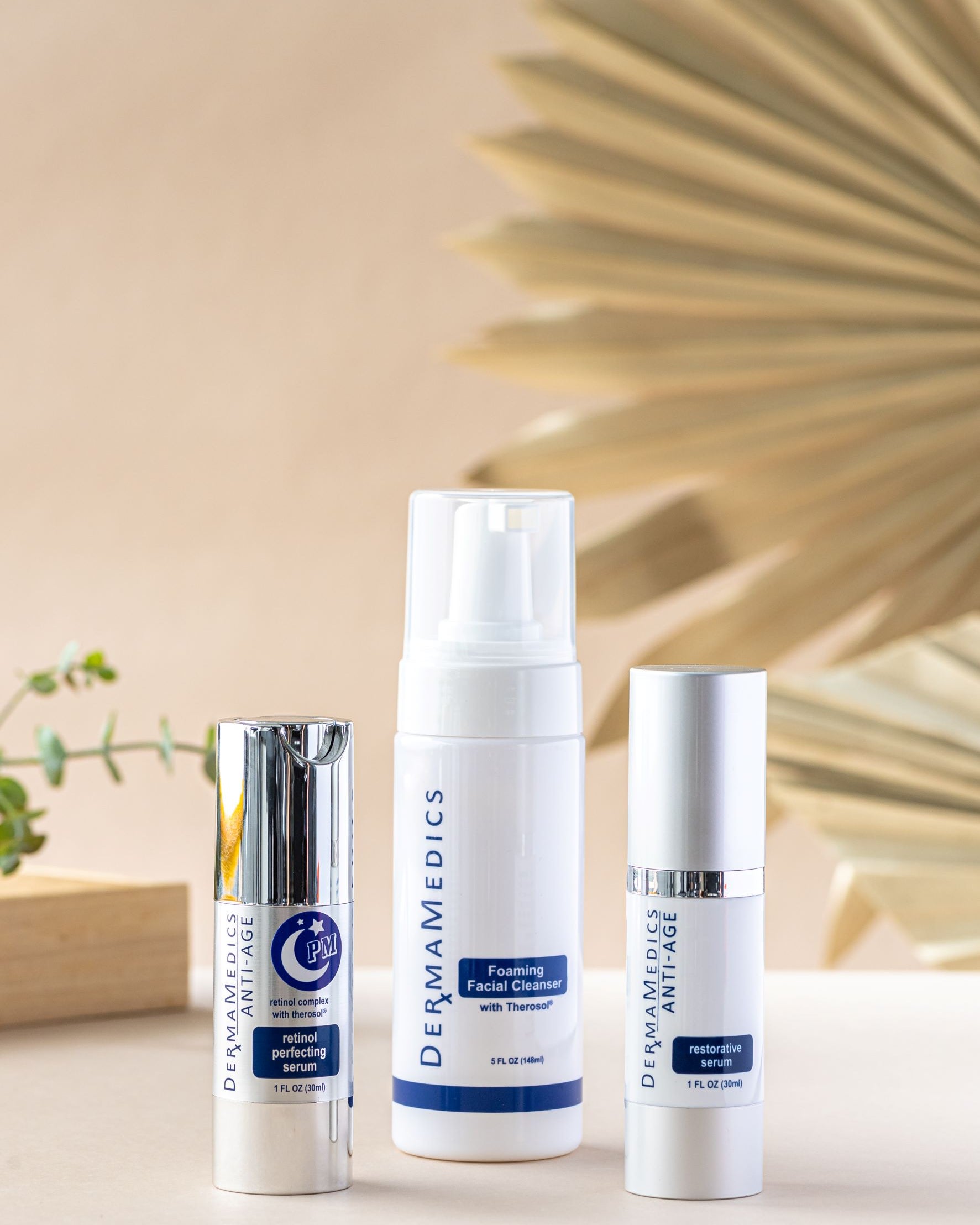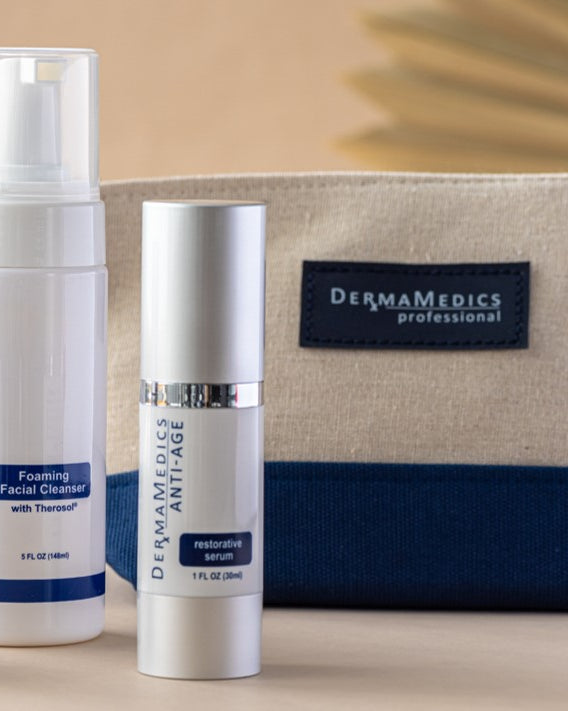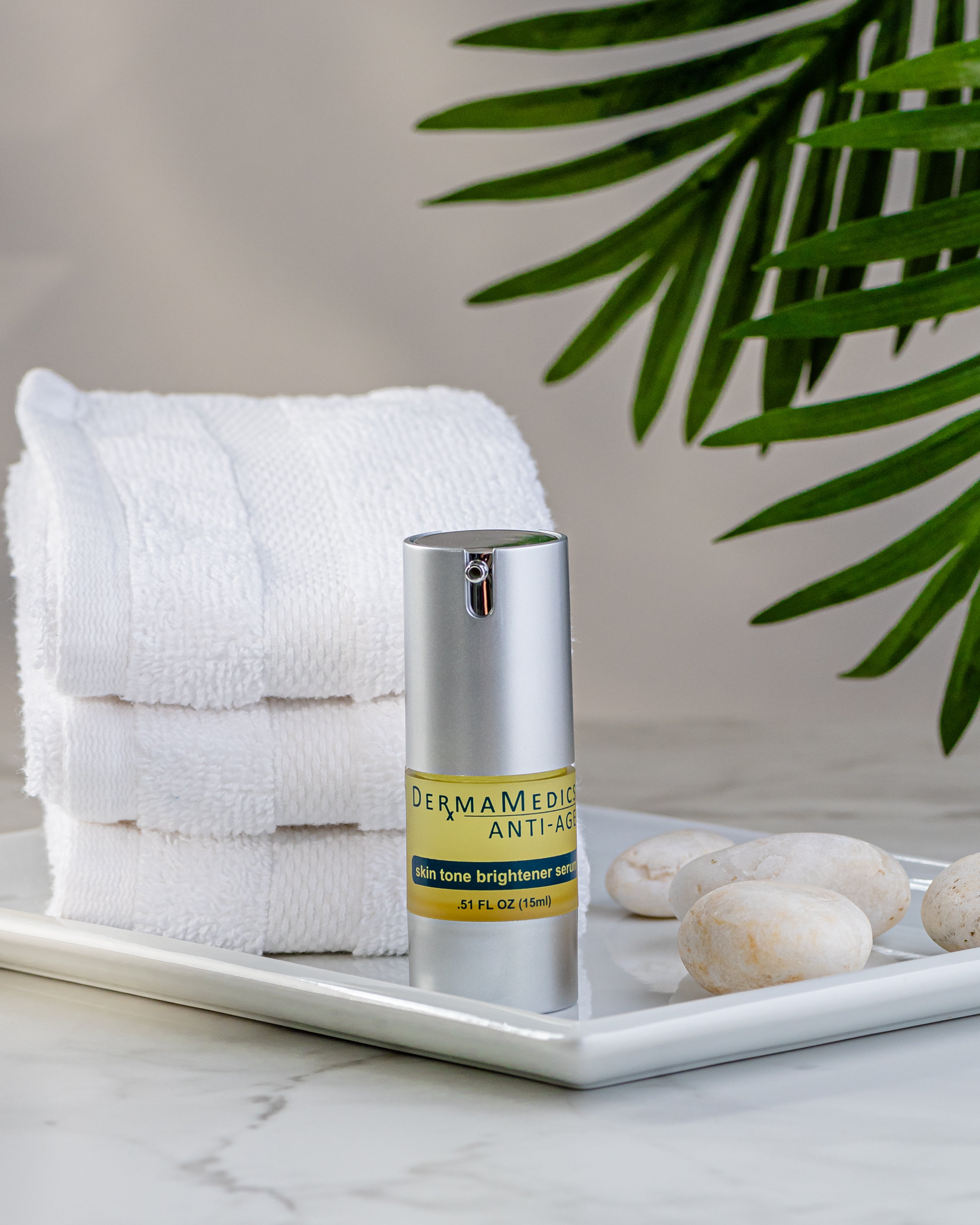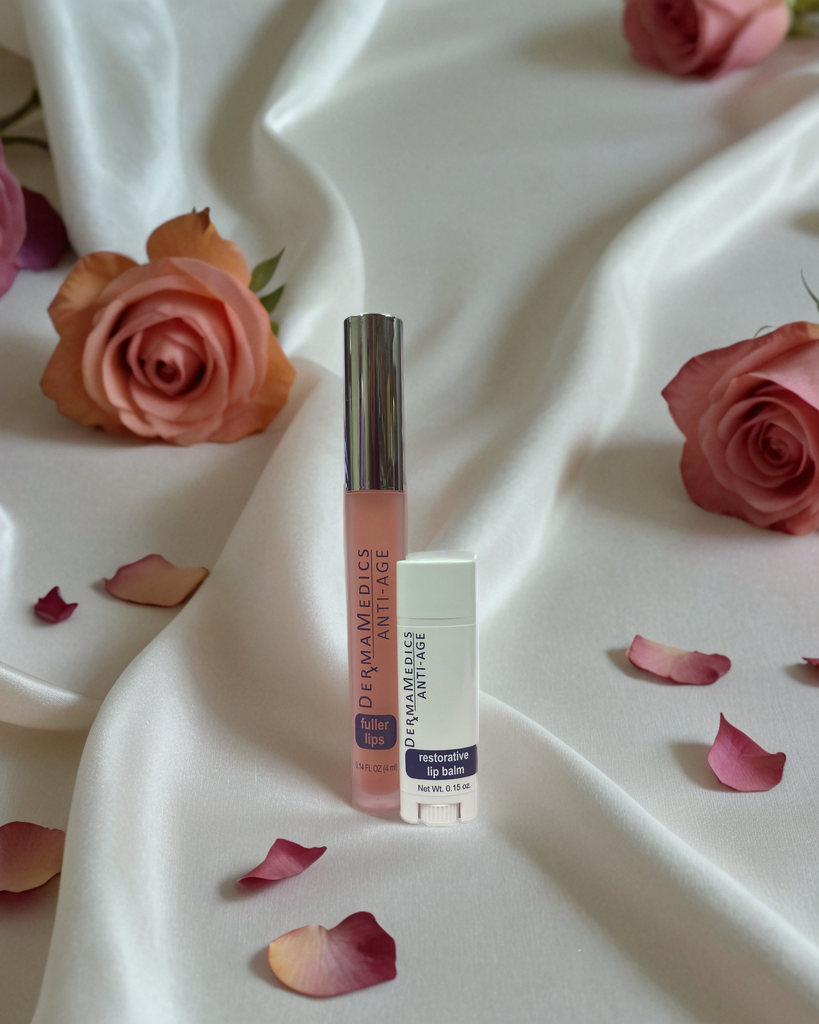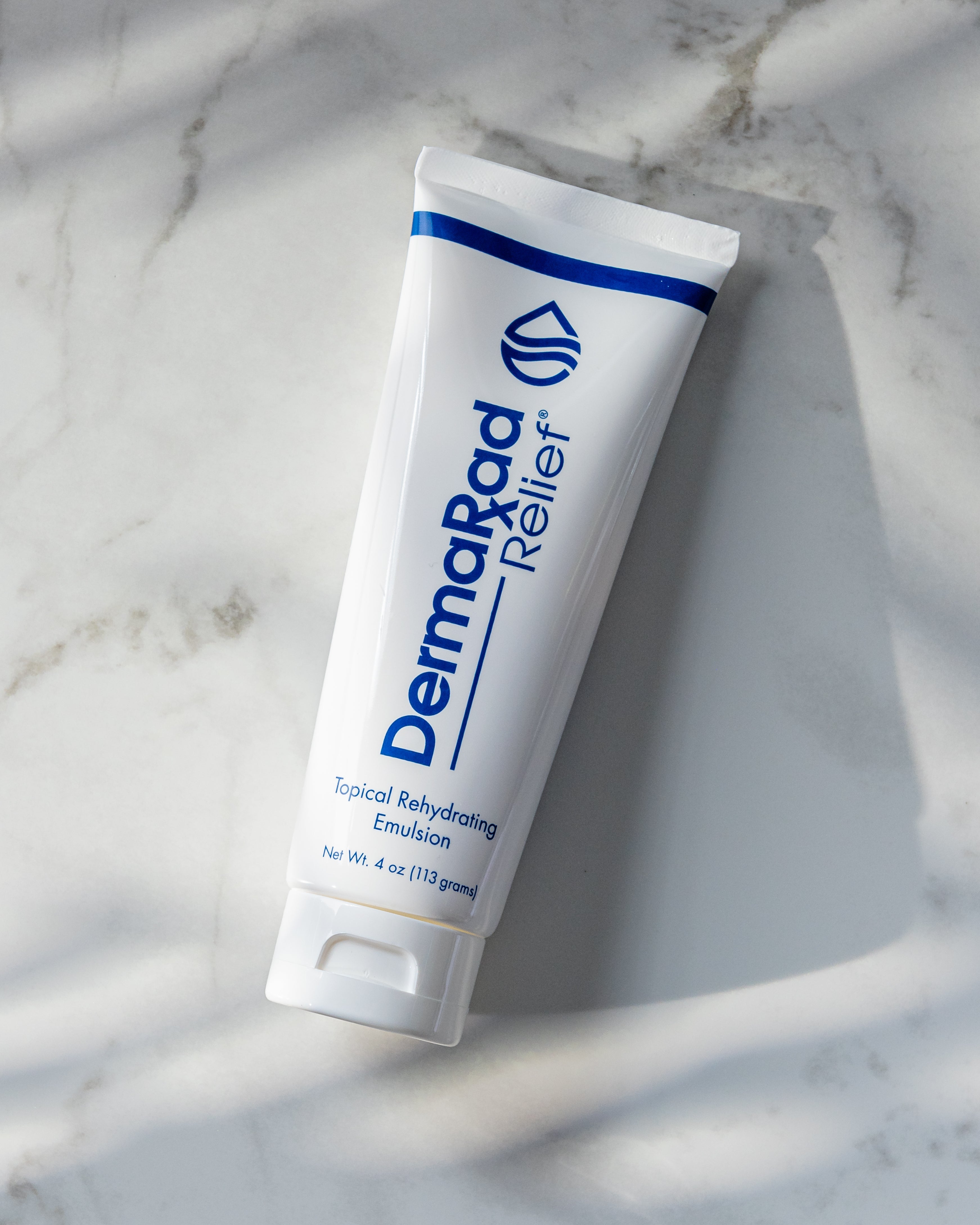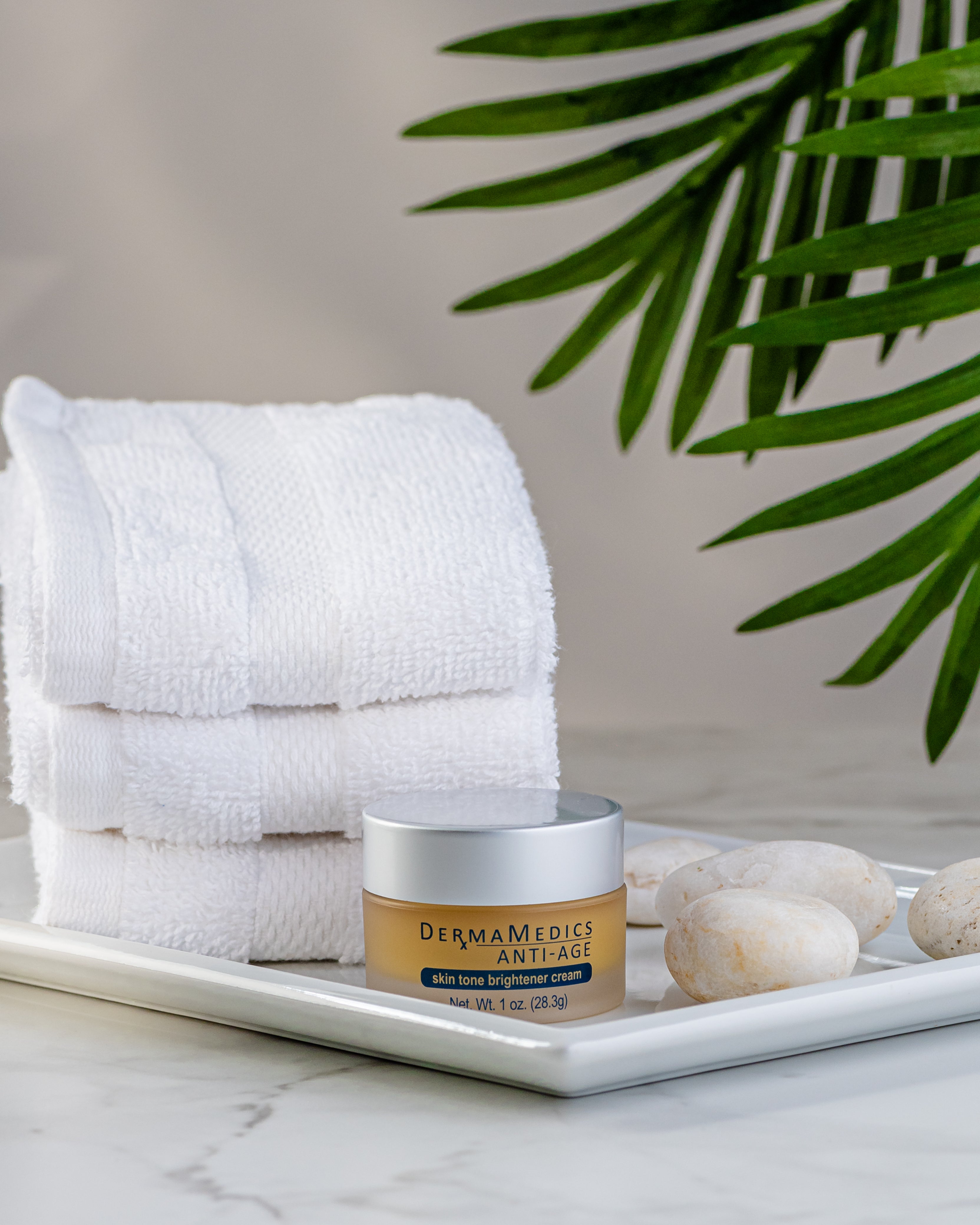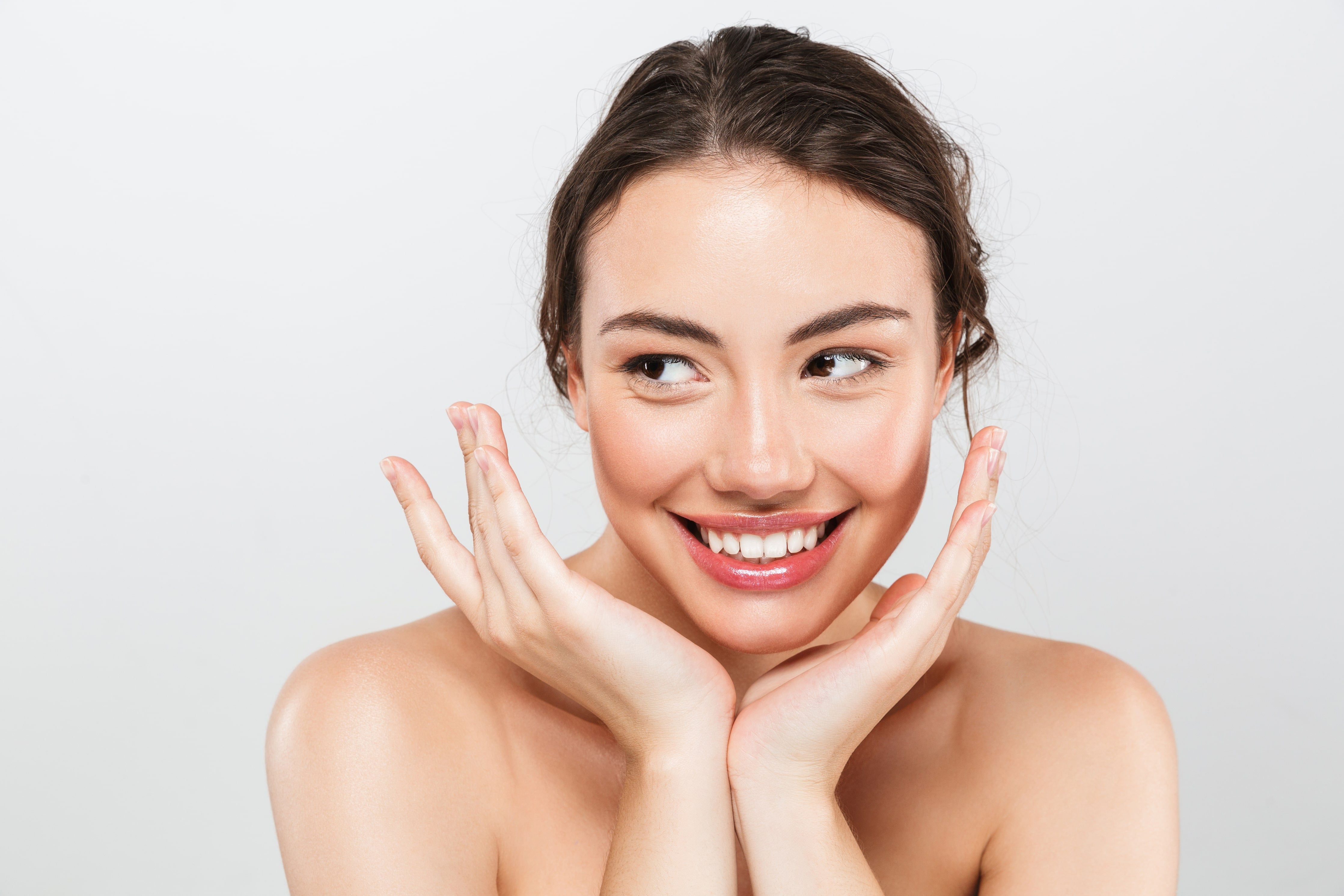Your skin forms the largest organ in the body and represents almost 15% of your total body weight?
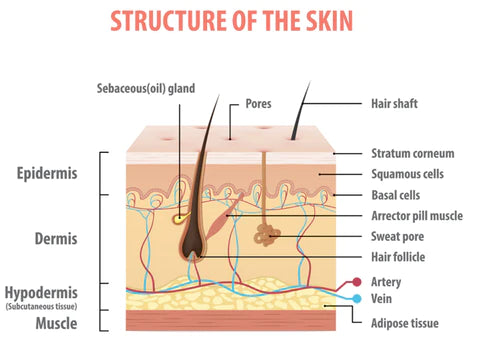
The skin’s primary function is to protect you from infection and from exposure to irritants and allergens. In addition, your skin prevents you from losing water and becoming dehydrated. In short, your skin acts as a barrier. Very few substances can pass into the skin from the outside and very little leaves the body through the skin. Given its importance, it’s worth taking a few moments to see how your skin is put together. The cartoon below shows a cross section of human skin.
The 3 main layers to the skin: The Epidermis, The Dermis, and The Hypodermis.
EPIDERMIS
The epidermis is comprised primarily of keratinocytes that are continuously being produced at the bottom part of the epidermis As new keratinocytes are produced they “push” the existing keratinocytes up toward the surface where they die and form the layer called the stratum corneum. This top-most layer is the skin’s “Protective Barrier”. The stratum corneum consists of several layers of flattened dead keratinocytes that are tightly “cemented” together with lipids to form a strong protective barrier. One way to think about the structure of the stratum corneum is visualize a brick wall, with the bricks stacked on top of each other in an orderly fashion and cemented together with mortar. The dead cells (“bricks”) that comprise the top layer of stratum corneum are constantly being shed and replaced by new cells coming to the surface from the lower regions of the epidermis. Every time you shower or “exfoliate” your skin you are removing some of the dead skin cells from the stratum corneum. If takes about 28 days to completely replace the cells that form the stratum corneum. This process can be accelerated if you use some form of chemical peel (alpha-hydroxy acids, TCA peels, etc) to remove part of the stratum corneum. That “triggers” the skin to speed up the renewal process.
There are other cell types in the epidermis but the one you are probably most familiar with are MELANOCYTES. These are the cells that reside at the bottom of the epidermis and function to produce the brown pigment, melanin. This pigment is what gives your skin a “tanned” appearance, and unfortunately, is also the pigment responsible of “age spots” and hyperpigmentation problems. An overview of melanocytes can be found in SKIN PROBLEMS section.
THE STRATUM CORNEUM: Nothing in; Nothing out!
Although the statement above is not completely true, it almost is. The “bricks and mortar” structure of the stratum corneum makes it an almost impenetrable barrier. The “bricks” are the dead keratinocytes that are made up largely of lipids, and the “mortar” is also composed of lipids. Since lipids are non-polar “oil-like” compounds, they will not allow water to pass either in or out of the skin (remember; oil and water don’t mix!). This prevents dehydration of the skin and also prevents water soluble substances from getting into the skin. In addition, the stratum corneum is so well-designed as a barrier that only very small substances can pass through it. There is a scientifically proven fact that substances larger than 500 Daltons (a measure of size at the molecular level) CANNOT penetrate through the stratum corneum to reach the cells in the lower epidermis and dermis. So, what are some substances you are familiar with in skin care products that cannot pass through the stratum corneum and are, therefore, essentially useless in improving the skin? The proteins COLLAGEN and ELASTIN CANNOT penetrate because their size is 300,000 and 70,000 Daltons, respectively. That’s way too big to cross into the skin. How about HYALURONIC ACID? Its size varies from about 50,000 to over 1,000,000, again, way too big. Recently smaller pieces of hyaluronic acid have been made with the hope that these will get into the skin. However, as the size of hyaluronic acid is reduced its ability to trigger skin inflammation increases. GROWTH FACTORS, including epidermal growth factor or fibroblast growth factor have sizes ranging from 6,000 to over 30,000 Daltons. Obviously, these are too big to enter the skin. So, what’s the take-home message? The next time you buy skin care products, think about what’s in the product and whether or not any of the highly advertised ingredients will actually get into your skin to help improve skin appearance, If they can’t get in they will just sit on the skin’s surface waiting to be washed down the drain the next time you take a shower!
THE DERMIS
The next skin layer is the Dermis, which is much thicker than the epidermis. It consists primarily of fibroblasts. These are the cells that produce collagen and elastin and give your skin firmness and elasticity. Fibroblasts also produce hyaluronic acid, which binds water and provides cushioning to prevent damage. The dermis is laced with connective tissue, which is primarily collagen produced by fibroblasts. Elastin is also present in the connective tissue. Unlike the epidermis, the dermis is vascularized and is also innervated. Collagen makes up 70% of the dermis and is responsible for the strength of the skin. Elastin fibers provide the elasticity of the skin, i.e. the skin’ ability to bounce back to its normal shape when stretched. As we age, the amount of collagen produced in the dermis declines while the rate of collagen breakdown increases. This results in sagging and wrinkled skin. Exposure of skin to the UV radiation of the sun accelerates the breakdown of collagen and results in pre-mature aging (called photo-aging).
THE HYPODERMIS
The hypodermis lies below the dermis and primarily consists of fat. This fat layer provides additional structural support and insulates the body from cold. There are numerous blood vessels and nerve endings in this layer.
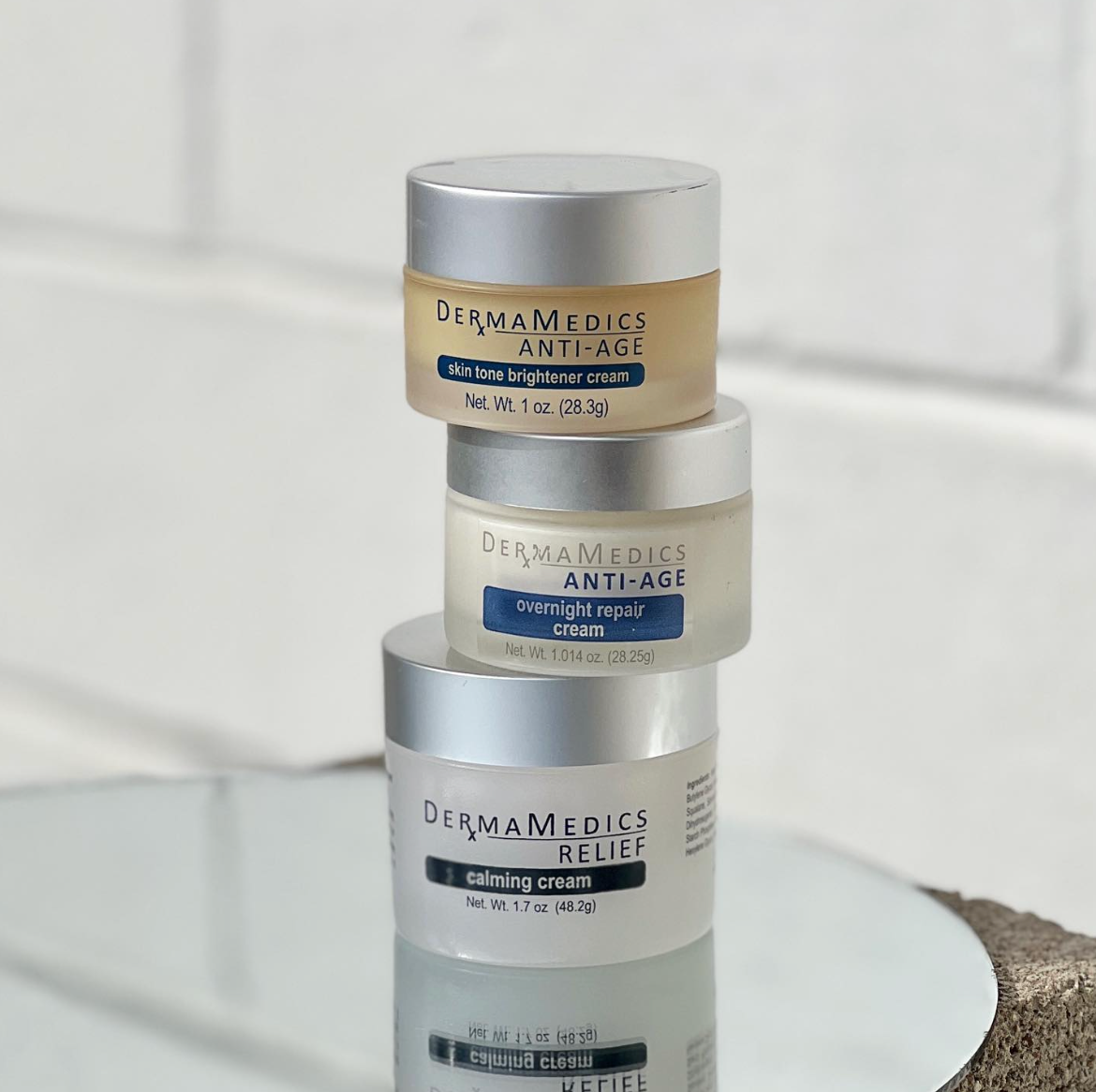
Your skin is your largest organ and provides the first line of defense against infection, environmental hazards and UV damage. It also provides a visible impression of your overall health. You want to protect your skin so that it retains its youthful appearance your entire life. One way to ensure your skin’s health is to protect it from the sun by using sunscreens. But just protecting your skin from UV radiation is not enough to maintain a healthy complexion as you get older. It is important that you develop a daily skin care regimen with products that contain ingredients that are scientifically and clinically proven to maintain skin health. Using products containing potent free-radical fighting antioxidants is one important step to maintaining a vibrant and youthful looking skin.


